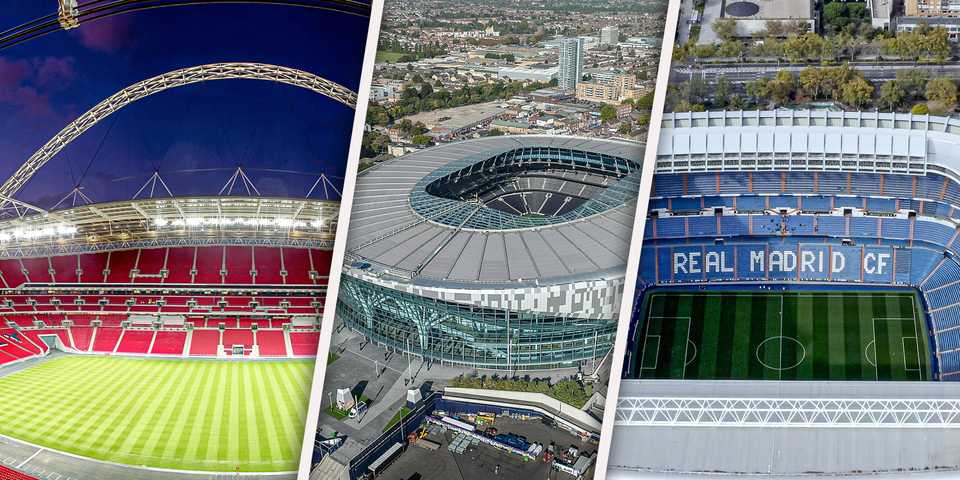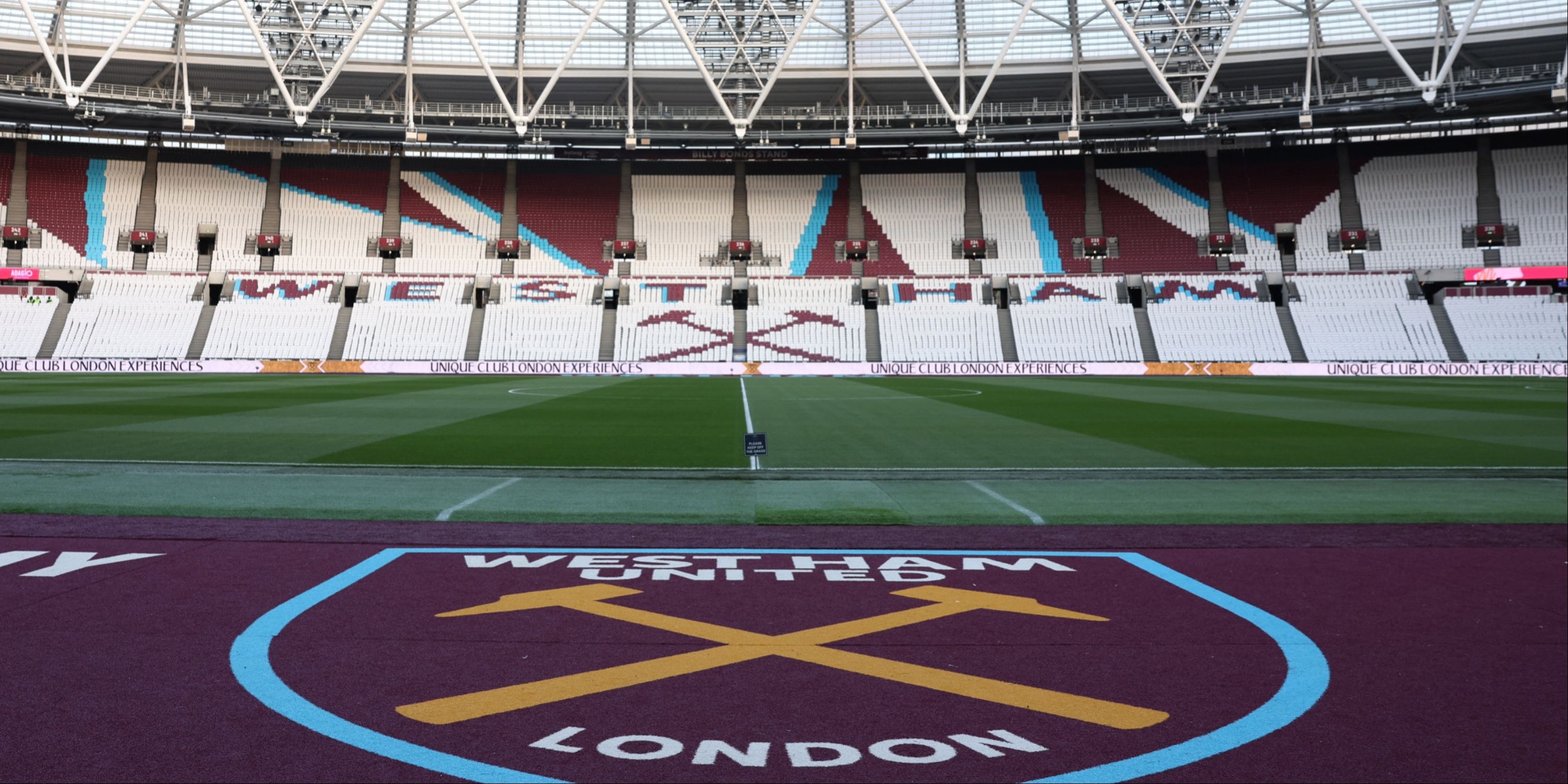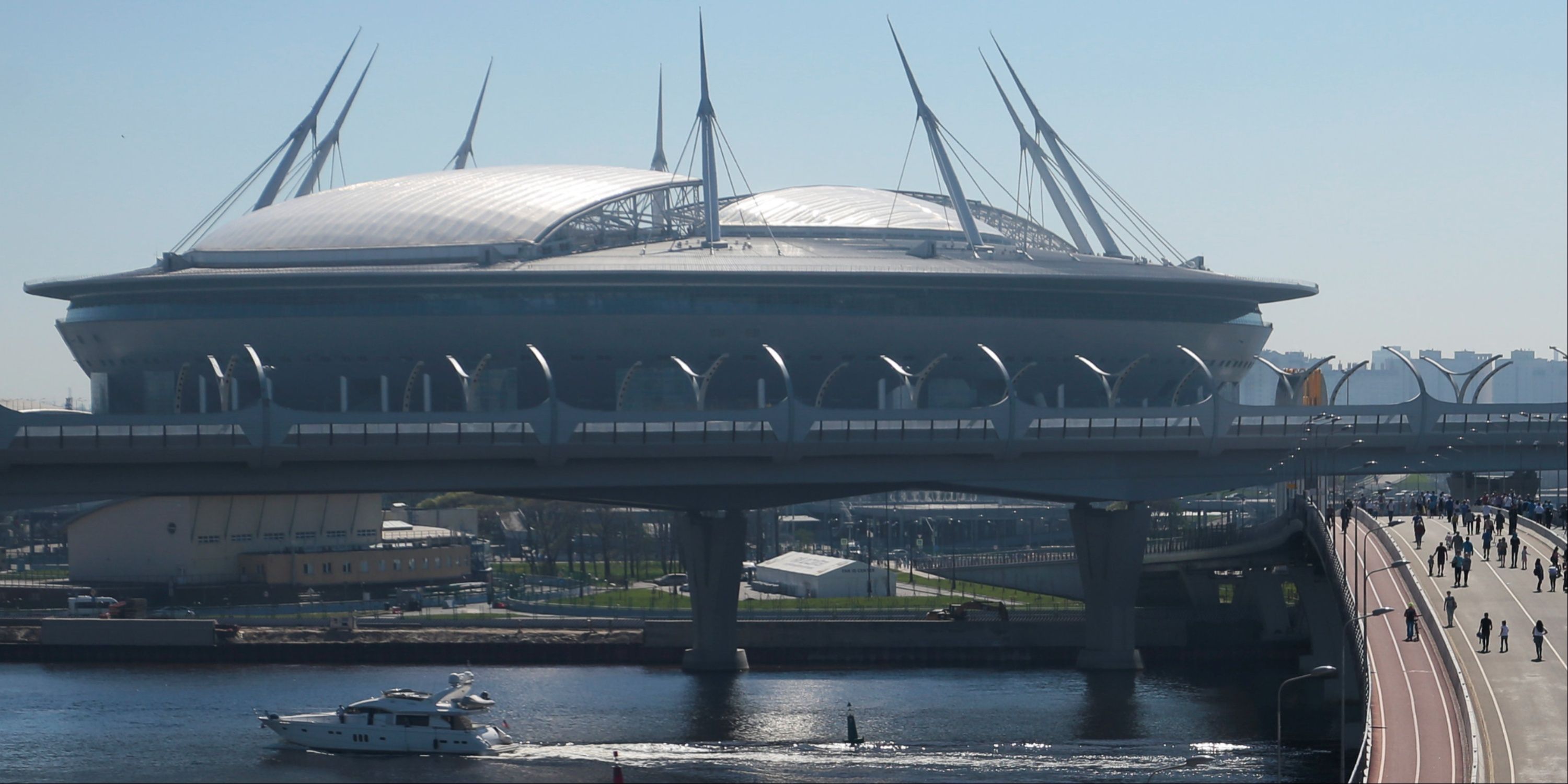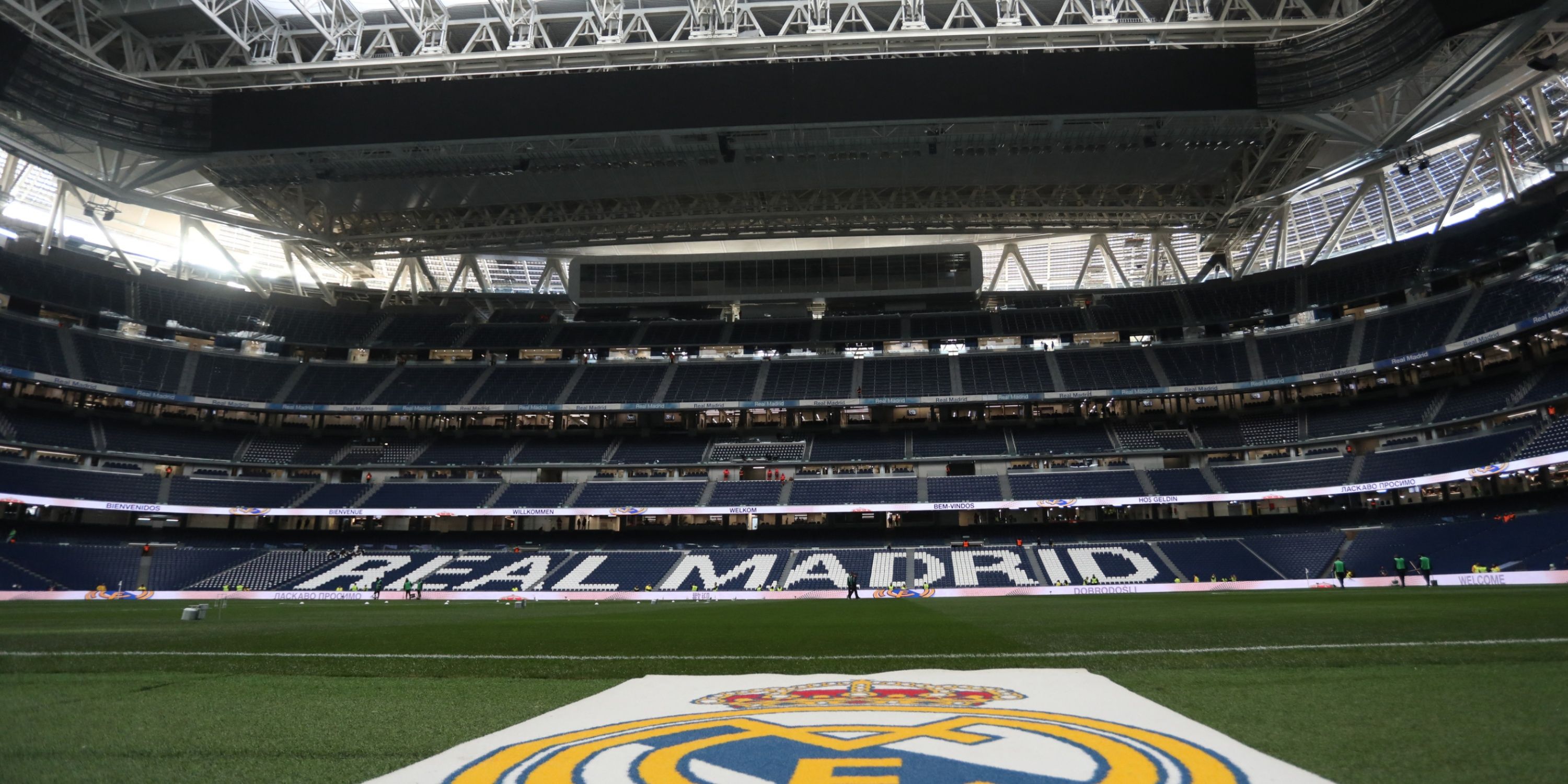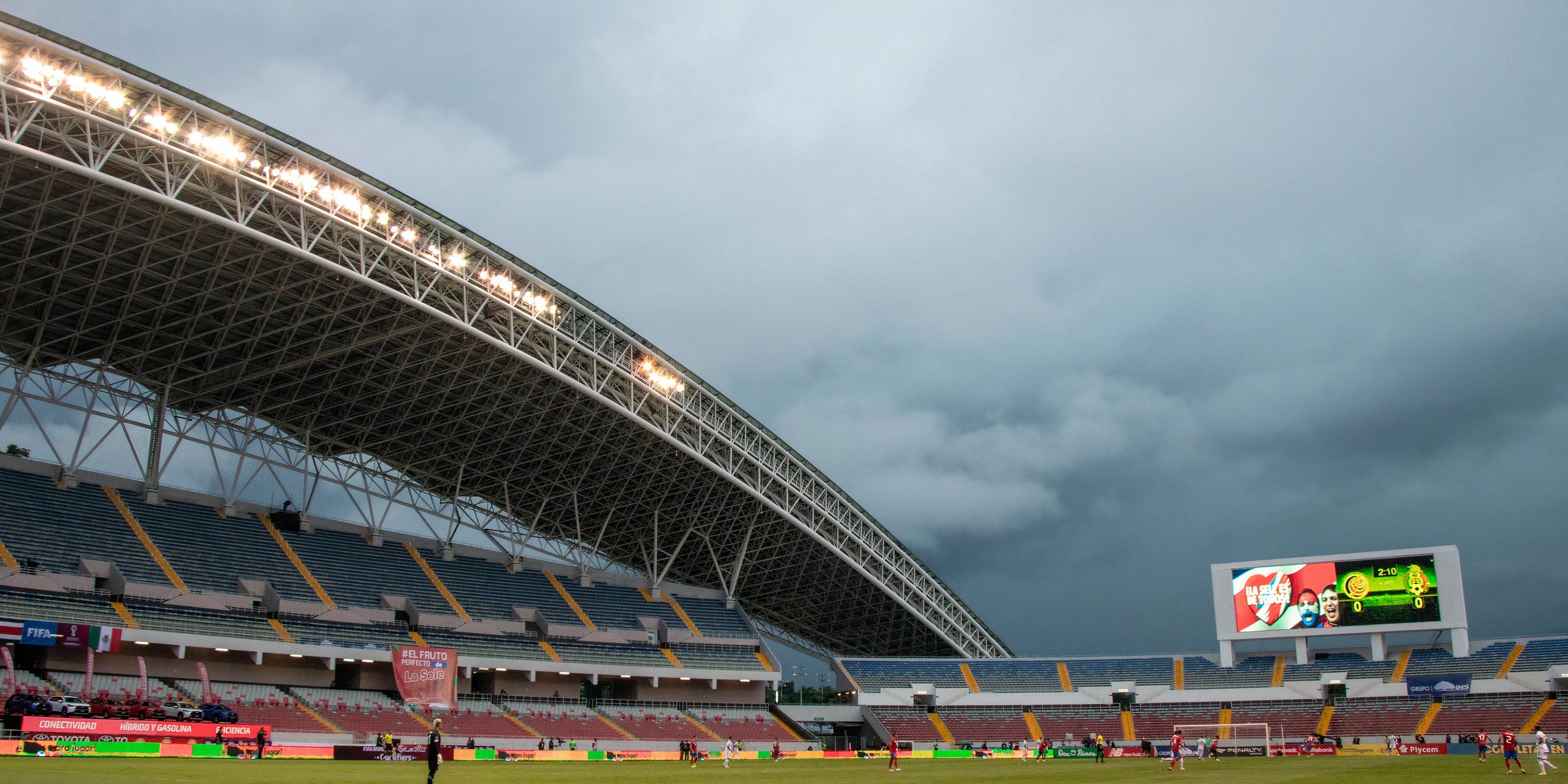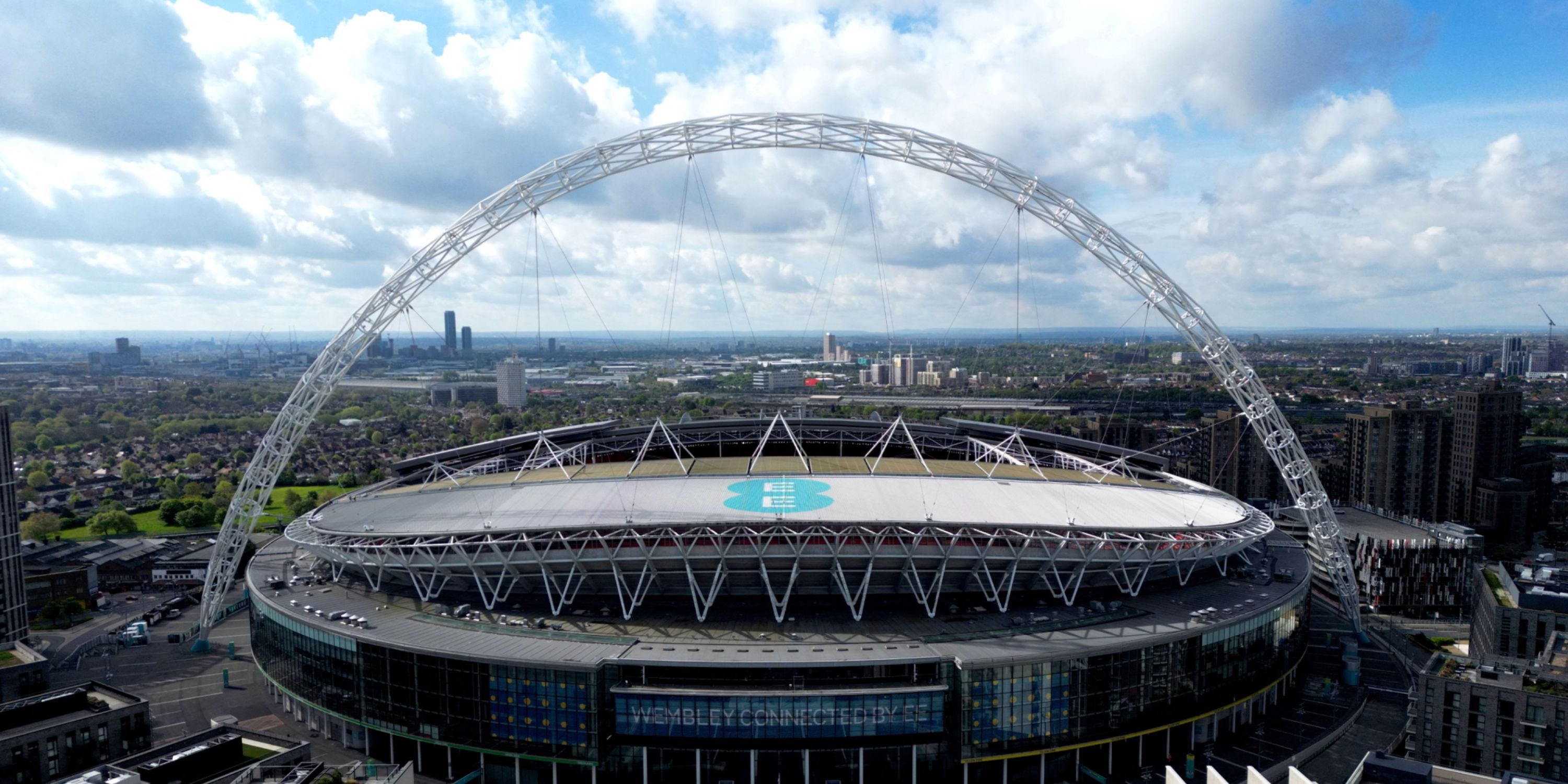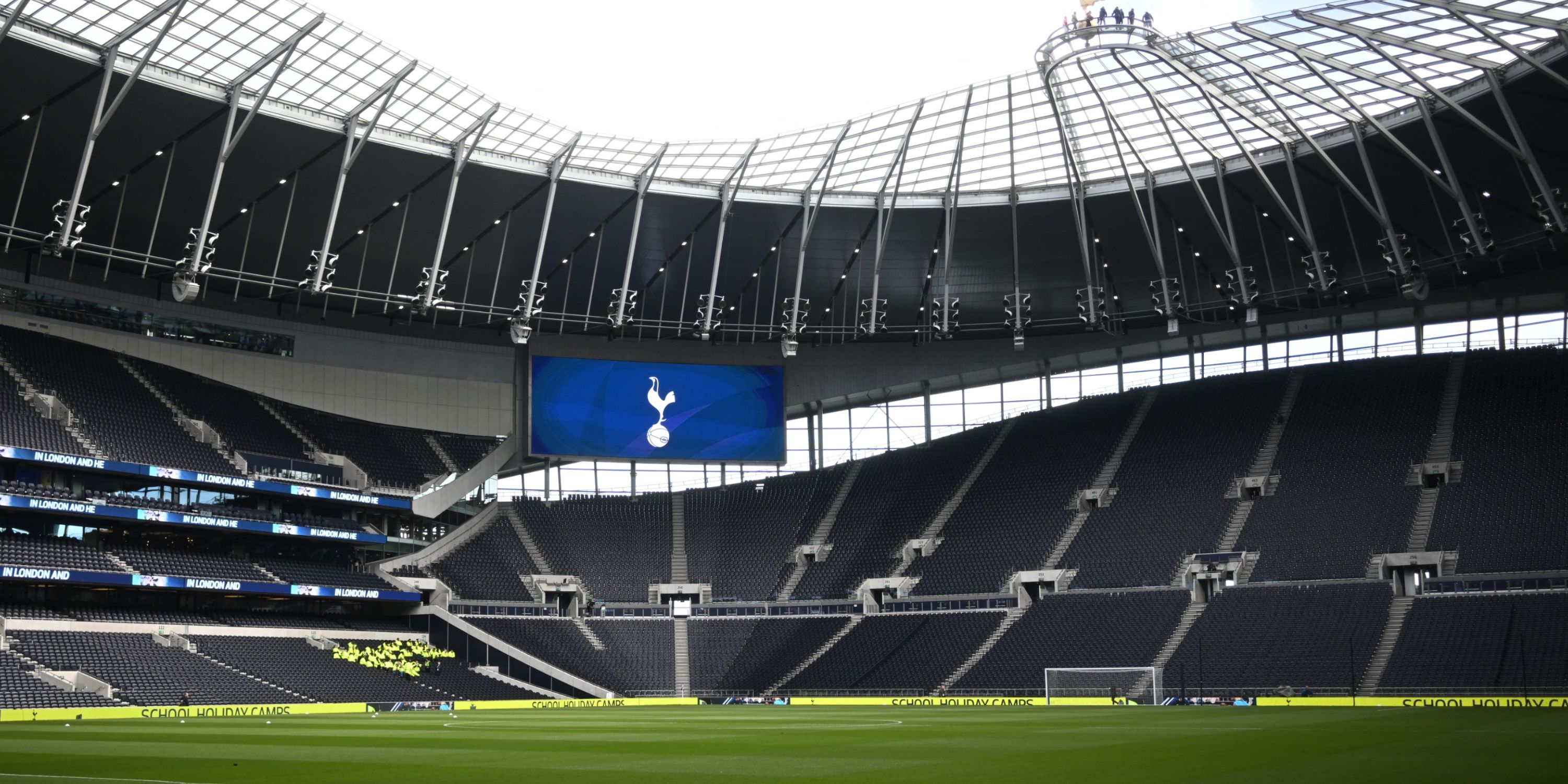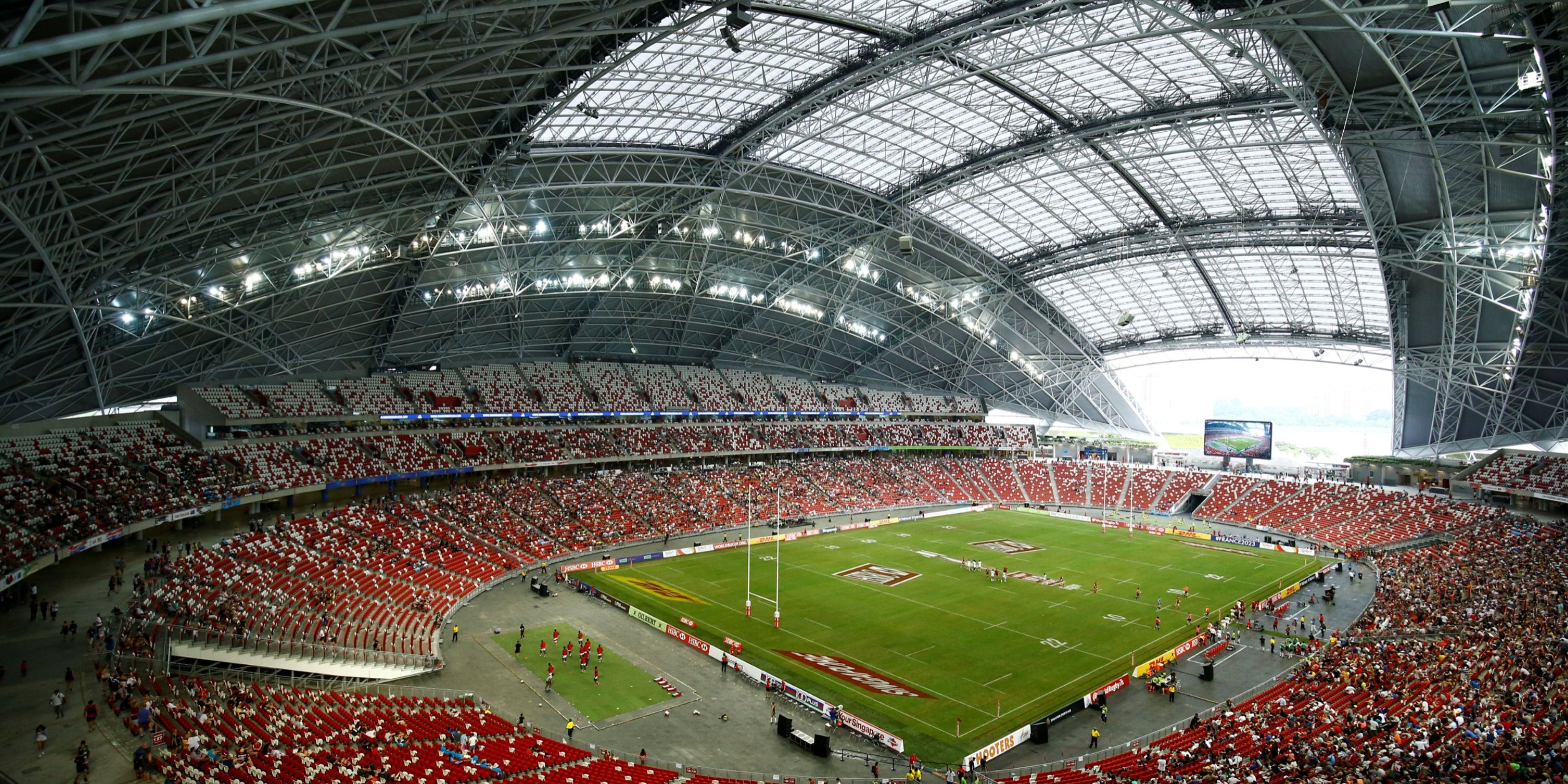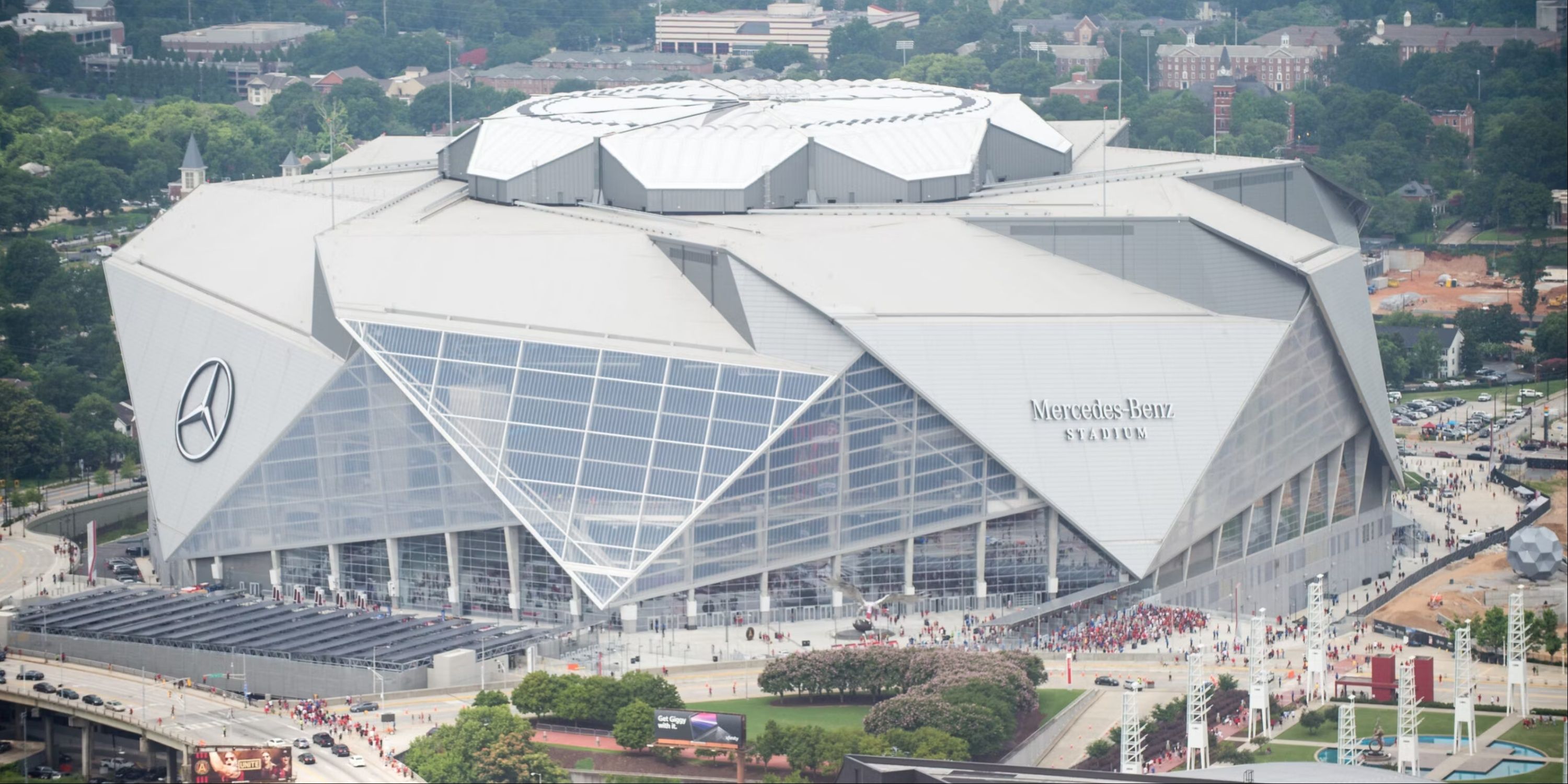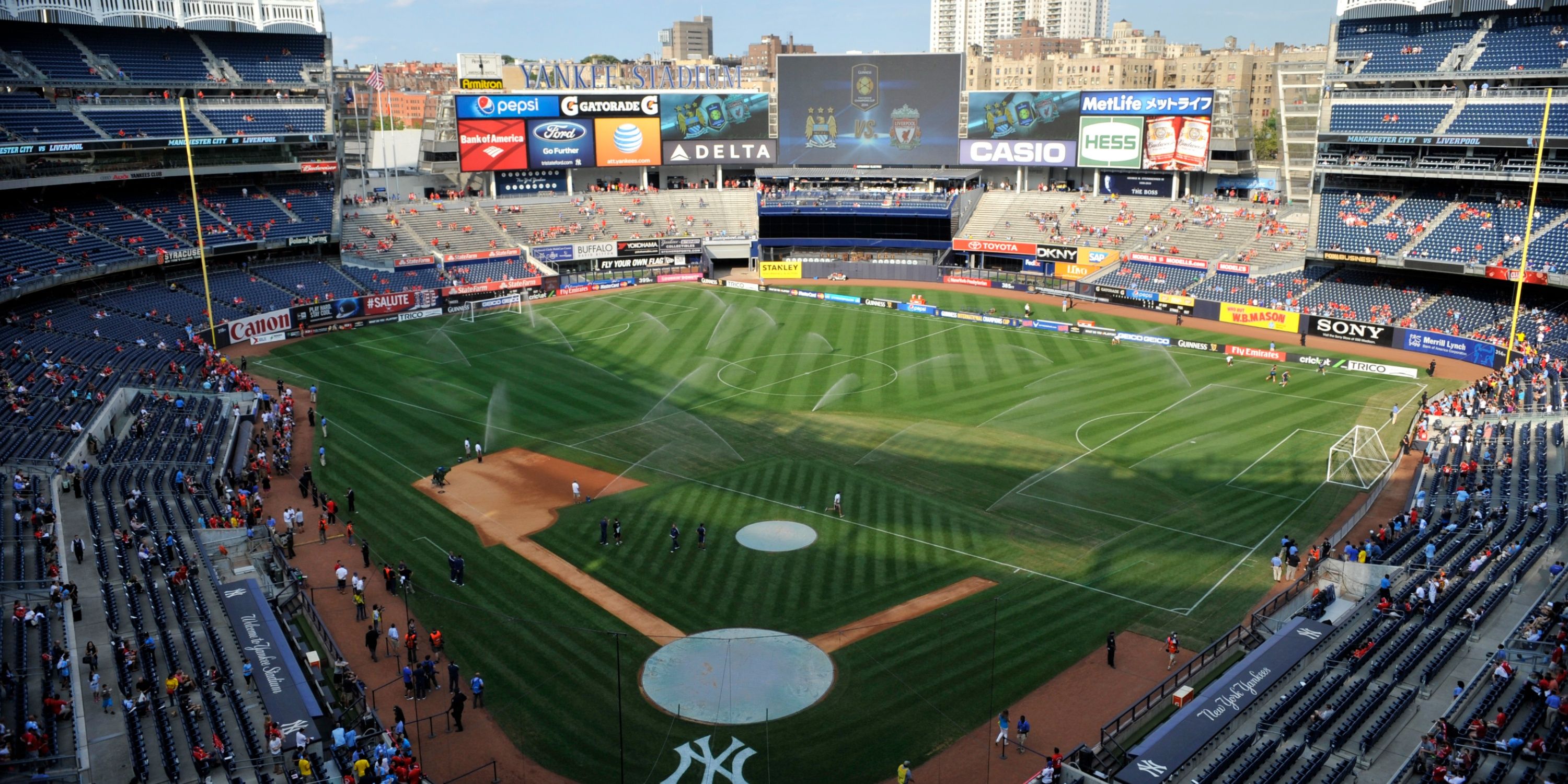By Kato Jamil
Stadiums are the centre of football. These arenas allow fans to express their passion and create memories. Every stadium has its own unique design, typically embroidered in the colours of the team, who will play the vast majority of their games there. Regardless of the size of the stadium, fans will attend home matches each week to cheer their team on.
However, the modern era has seen stadiums significantly evolve. Newer and more expensive stadiums have modern architecture and can host larger capacities. Arenas such as the Tottenham Hotspur Stadium are multi-functional, and they were constructed in this manner so that they can be used as a venue for various other sports outside of football.
Atalanta’s Mercedes-Benz stadium is one of the most expensive stadiums in football history, and it is viewed as one of the best stadiums in the modern era. With that in mind, here are the 10 most expensive stadiums in football history.
| 10 Most Expensive Stadiums in Football History | |||
|---|---|---|---|
| Rank | Stadium | Cost | Capacity |
| 1. | Yankee Stadium | £1.5B | 46,537 |
| 2. | Mercedes-Benz Stadium | £1B | 71,000 |
| 3. | Singapore National Stadium | £1B | 55,000 |
| 4. | Tottenham Hotspur Stadium | £1B | 62,850 |
| 5. | Wembley Stadium | £1B | 90,000 |
| 6. | Olympic Stadium | £1B | 56,000 |
| 7. | Estadio Nacional | £600m | 37,593 |
| 8. | Santiago Bernabeu | £500m | 81,000 |
| 9. | Krestovsky Stadium | £500m | 68,000 |
| 10. | London Stadium | £486m | 62,500 |
10. London Stadium
Cost: £486m
The London Stadium is West Ham’s home ground, with the Premier League side moving to the arena in 2016. Like the Krestovsky Stadium, it is a multi-purpose arena that allows 66,000 Hammers fans to attend their sides’ home matches.
It has also been host to the Olympics and Paralympics, holding 80,000 fans. However, this number is limited to 66,000 for football matches under the terms of the lease. West Ham’s move away from the Boleyn Ground to this arena was viewed as a statement of intent, although the club are yet to reach the heights they perhaps expected to at this point in their progression.
9.Krestovsky Stadium
Cost: £500m
Next on this list is the Krestovsky Stadium, which cost just around half a billion to construct. The Russian stadium is one of the most expensive stadiums in the world, and it was built ahead of the 2018 World Cup.
The stadium has a modern design with the shape of the stadium likened to a spaceship. Its unique design stands out compared to other stadiums, which also share a large capacity.
The atmosphere generated from within the ground is one of the biggest assets and the stadium can hold up to around 65,000 spectators. Also known as the Saint Petersburg Stadium, the arena has hosted some of the biggest international tournaments, such as the 2017 FIFA Confederations Cup, the 2018 FIFA World Cup and Euro 2020.
8.Santiago Bernabeu
Cost: £500m
Home to one of the biggest clubs in the world, the Santiago Bernabeu is one of the most famous stadiums in world football. When it was initially built, it wasn’t one of the most expensive stadiums in history, but it was one of the biggest.
Real Madrid’s stadium can hold up to 81,000 spectators and is therefore one of the biggest stadiums in Spain, although it is smaller than Camp Nou. Structural adjustments over the years have seen the stadium modernise in recent years. For example, the height of the stadium was increased by adding a roof. The Santiago Bernabeu is electric on European nights and last season the club closed the roof of the stadium to make it more intimidating for visitors, Manchester City.
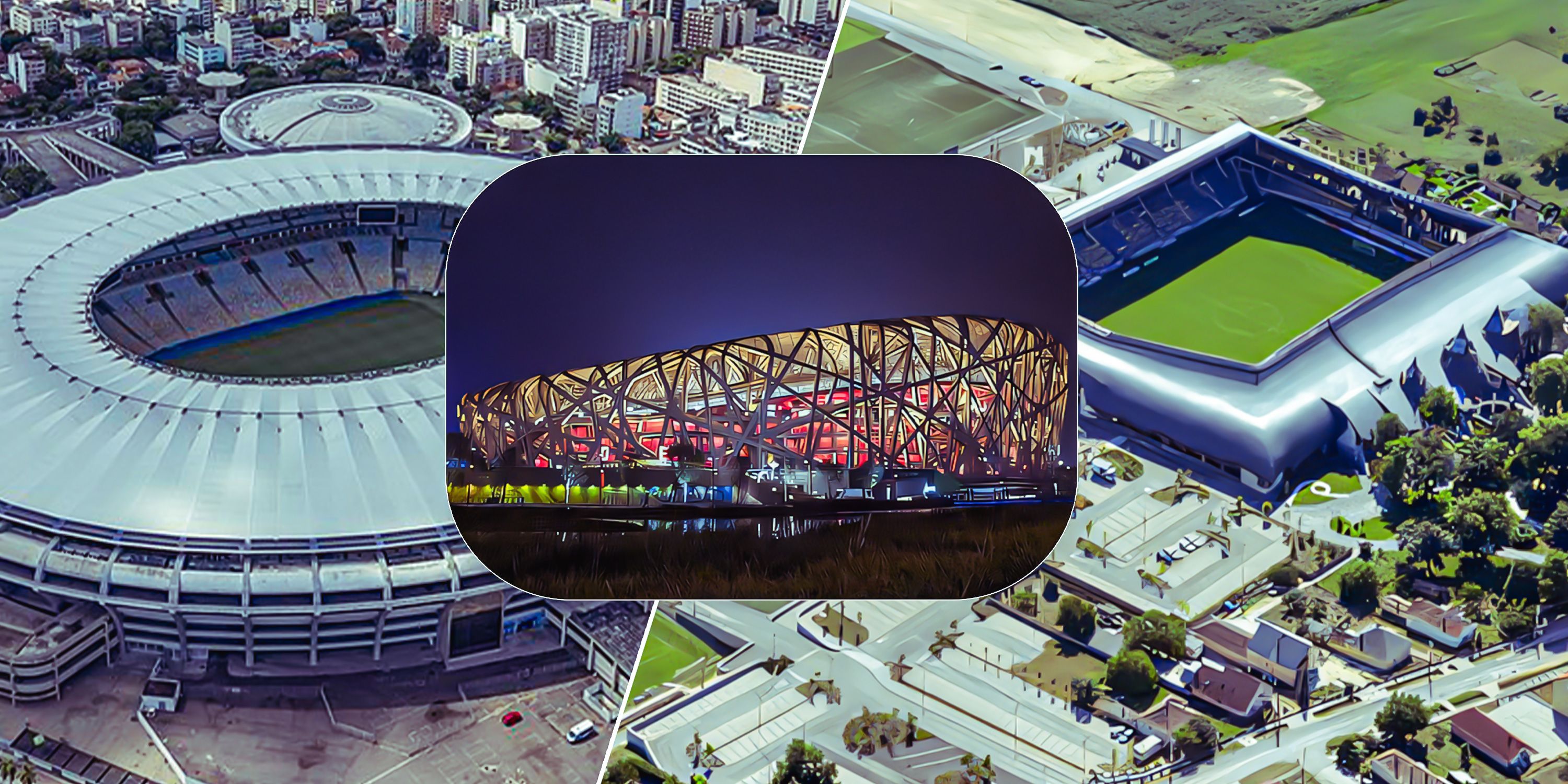
7.Estadio Nacional
Cost: £600m
The Estadio Nacional is one of the most famous stadiums in world football, as well as the most expensive. It is based in South America, Brazil, and it has witnessed some of the biggest matches in the world.
It sits at the heart of the Brazilian capital, and it is the second-largest stadium in the country. The venue initially cost around £600m to construct, however further renovations have been rumoured to cost more. The ambience in the stadium is incredible, with the arena able to hold over 69,000 spectators. It has hosted both the Confederations Cup and World Cup in 2013 and 2014, respectively.
6.Olympic Stadium
Cost: £1B
The Olympic Stadium is based in Montreal, Canada and was built in the 1970s. The arena is nicknamed the ‘Big O’, which refers to the shape of the primary part of the stadium roof. It has also been referred to as the ‘Big Owe’, and it received this unwanted title due to the high cost of the construction it took to build the stadium, but also the cost of hosting the 1976 Olympics overall.
It was the main venue for the 1976 Summer Olympics, with many suggesting it was built to host this competition. The stadium is one of the largest in Canada and after the Olympic Games, artificial turf was installed for it to become the home of Montreal’s professional baseball and football teams.
5. Wembley Stadium
Cost: £1B
Wembley Stadium is the biggest venue in England and, like other modern stadiums, it’s used to host a variety of different events, from concerts to the biggest football matches. The England national team play their home matches in front of 90,000 spectators inside the iconic ground.
To build this magnificent stadium, it cost around £1B. The arch above the stadium is seen as one of the main components of the stadium, in which the colour of the arch can also change. Wembley hosts the FA Cup semi-finals and the final itself. Notably, it was also used in the final and semi-final stages of Euro 2020.

4. Tottenham Hotspur Stadium
Cost: £1B
One of the newest stadiums on this list is the Tottenham Hotspur Stadium. It is seen as one of the most modern arenas in the world, and it is also one of the most expensive stadiums in history.
This stadium was seen as a sign of ambition by Spurs, who looked to boost their revenue by creating this ultra-modern venue. Its state-of-the-art design means it is used in other sports and for other activities. Almost 63,000 fans can cheer their team on in home matches. The stadium also has an interchangeable pitch, which faculties its capacity to seamlessly accommodate American Football matches.
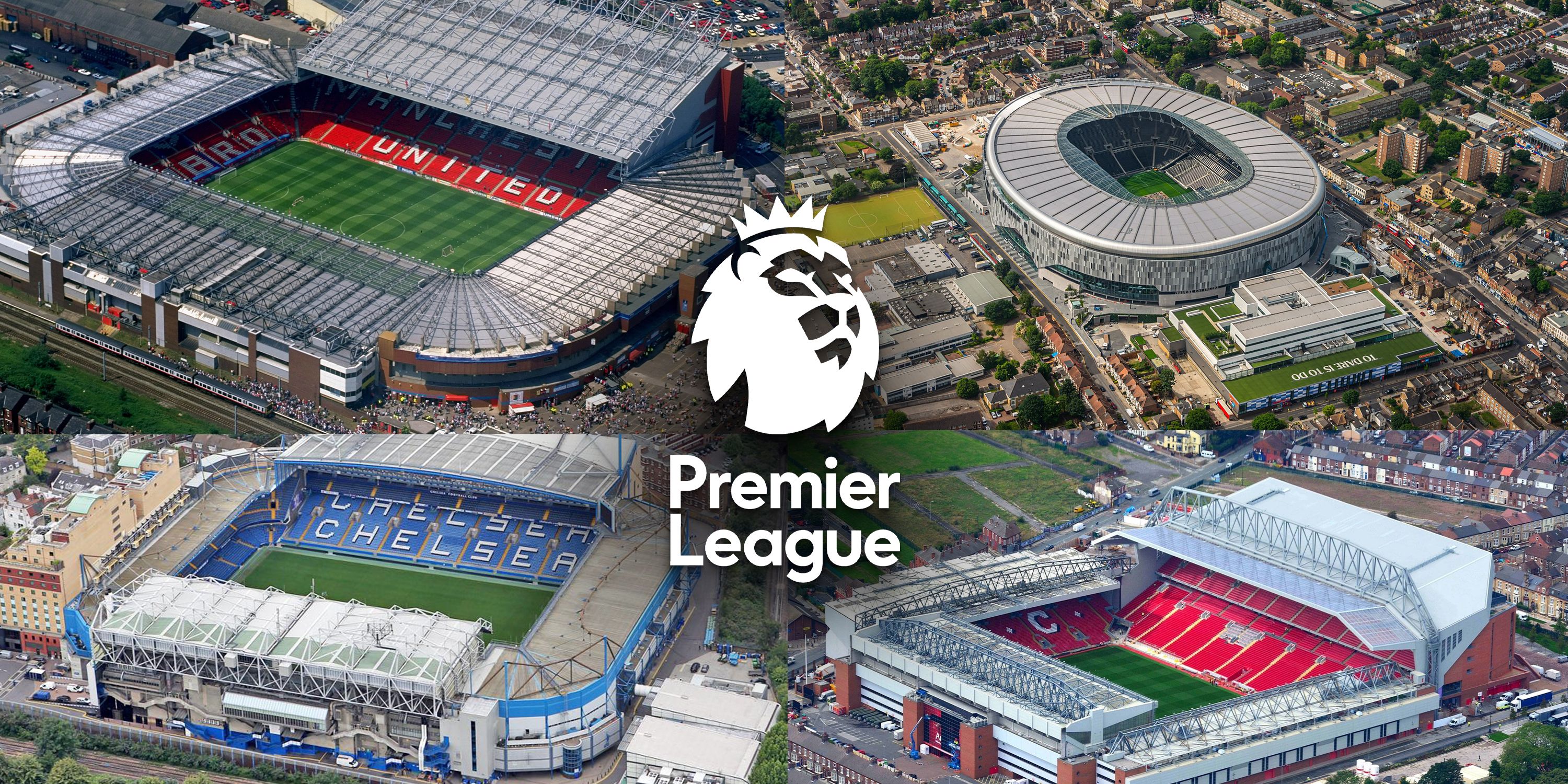
3.Singapore National Stadium
Cost: £1B
The next stadium, which joins the list of venues that cost £1B, is the Singapore National Stadium. After opening in 2014, the Singapore National Stadium has become one of the most expensive stadiums in the world.
Its main attraction is the large roof, which is fully retractable and this coincides with the dome’s exterior, which also shifts with its moving parts. Despite being only able to hold 55,000 fans, the stadium is seen as one of the most technologically advanced venues in the world. The facility is one of the main components of the Singapore Sports Hub, which also incorporates other nearby sporting venues.
2.Mercedes-Benz Stadium
Cost: £1B
Coming in second on this list of expensive stadiums is the Mercedes Benz Stadium. It has a reputation as one of the most aesthetically pleasing venues in football history.
Although football isn’t as mainstream in America, the construction of this stadium cost around £1B. It is seen as a hub for American sports with the main sport being played at this venue being American football.
Nevertheless, the ground is also the home of Atlanta United. Significantly, this stadium will also host some of the FIFA World Cup matches in 2026. This modern venue can hold a staggering 71,000 spectators and, therefore, this more than warrants its position on this list.
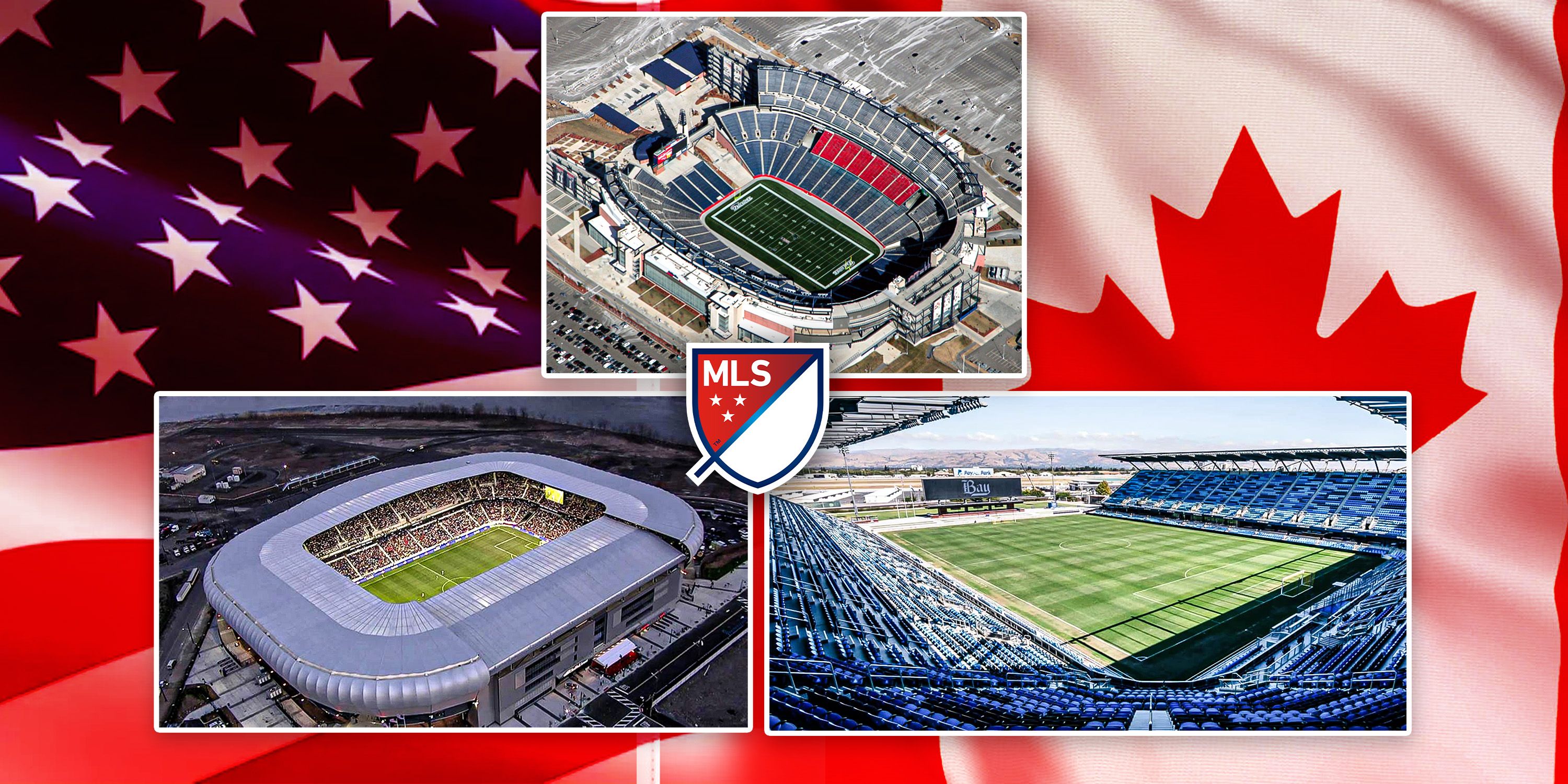
1.Yankee Stadium
Cost: £1.5B
Taking top-spot as the most expensive stadium in football history is Yankee Stadium. Again, it is known more for hosting baseball and football matches, with the New York Yankees the most famous team to play on this ground.
However, New York FC also play their matches at this stadium and, therefore, it also falls into the football stadium category. Since 2015, it has hosted some fierce MLS clashes.
The venue has a capacity of just over 28,000, but this can be expanded to over 45,000. A significant amount of investment went into the construction of this stadium, but this left many people unhappy as surrounding areas of the stadium are now occupied. Despite the significant financial investment, the stadium is unable to host international matches as it fails to meet the set criteria.

